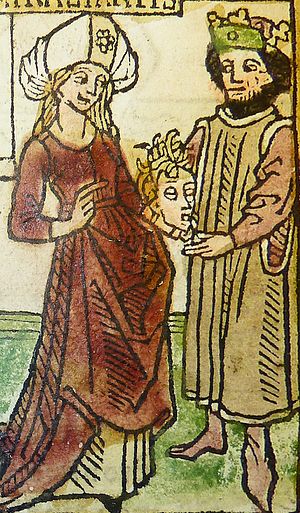Childhood trauma is, perhaps, one of the main reasons why people develop an irrational fear of clowns. A bizarre experience may leave a degree emotional or psychological damage as we grow older and clowns seem to take the top spot of childhood traumas.
In one story published in Psychology Today, a woman recounts her experience as a volunteer on the Bozo the Clown TV show when she was a child. She narrates that she was forced to sit on Bozo’s lap where she can see that he was frowning despite his painted smile. Also, she recalls that Bozo smelled of alcohol.
Unable to know what she was supposed to do, she panicked and began to vomit all over Bozo who began hurling curses in front of the already frightened child. It was this experience that completely shattered the image of the happy clown in her head and, from then on, related the experience to being near clowns.
It is highly likely that many adults have been in a similar situation - whether in birthday parties or the circus – that planted the seed of their fear towards clowns.
1. The Uncanny
What better way to top this list off than with the father of modern psychiatry himself?
In 1919, Sigmund Freud published a paper called “The Uncanny.” In this paper, Freud explains that we can be easily frightened by something that is familiar and unfamiliar at the same time. He uses the example of a body with a severed head or limbs saying that we will immediately zero in on the body part or body parts that are different rather than the ones that are still intact.
Putting it in the perspective of clowns, there is a degree of familiarity with a clown’s entire look. A clown has human features: a pair of arms and legs, hands with fingers, nose, ears, feet, et cetera. However, despite his human features, a clown’s anatomy tends to be exaggerated. Depending on the clown, he or she may have large feet; a big, red nose; a pasty white face; or a large mouth.
Similar to a child seeing an amputee, our attention tends to focus on the exaggerated. A child may not understand why an amputee is missing certain limbs and panic. Translating it to a person’s fear of clowns, people will notice the differences in a clown’s anatomy and become immediately uneasy or develop anxiety.
---
So there you have it! 10 reasons why people are scared and creeped out by clowns! What do you think of today’s video? Let us know in the comments section.
SOURCES:
1. http://listverse.com/2017/02/10/10-psychological-reasons-why-people-are-afraid-of-clowns/
2. http://www.mirror.co.uk/news/weird-news/reasons-people-scared-clowns-theres-8982180
3. https://www.livescience.com/56066-why-people-afraid-of-clowns.html
4. http://www.telegraph.co.uk/news/0/why-are-we-so-scared-of-clowns/

































































